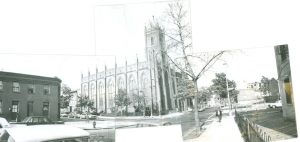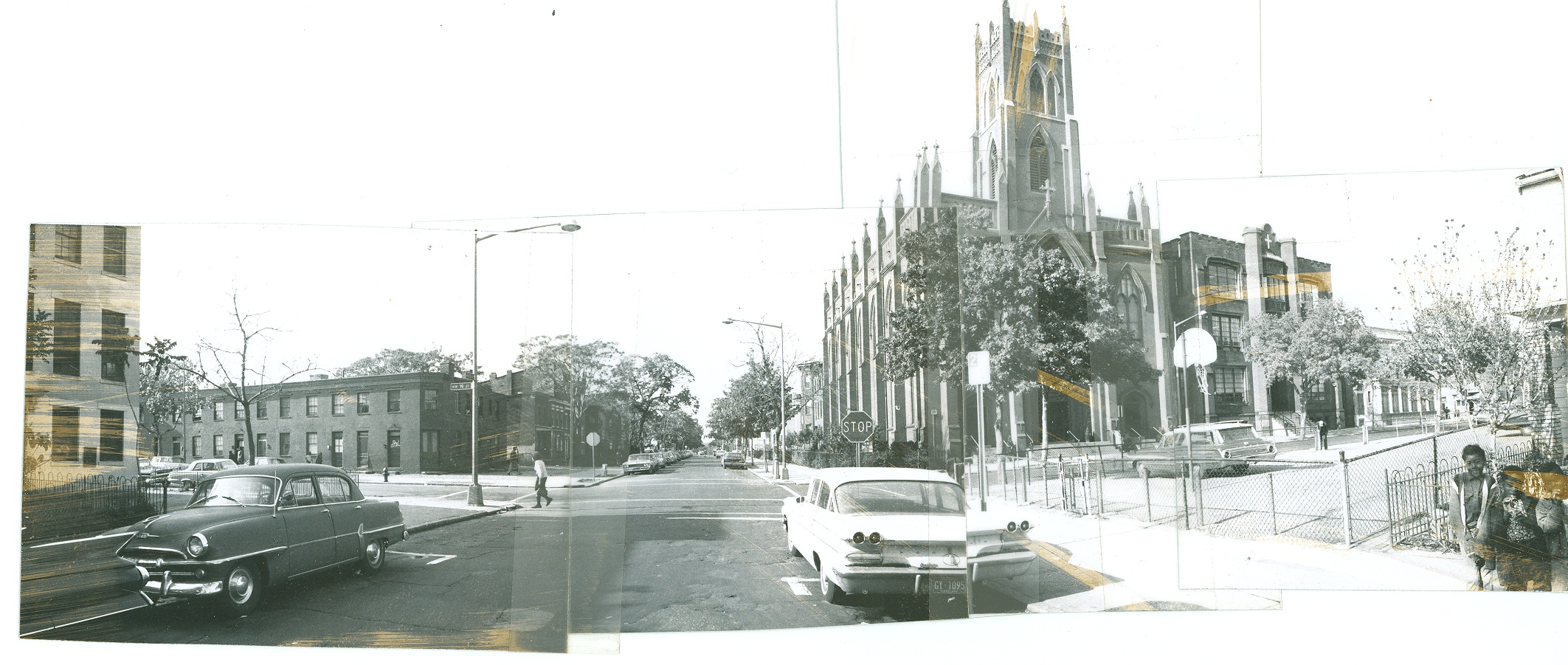History is like the present, only it happened a while ago. However, when history gets written, and rewritten (historians are doomed to repeat other historians) a lot gets left out, and forgotten, particularly if it doesn’t fit the narrative of whatever tale is being told.
There is a book that I’m trudging through about discriminatory housing in Chicago. I got through a section that could have been called “Martin Luther King Failed in Chicago” detailing the civil rights leaders efforts to combat poor housing conditions, the Daley political machine, and other black ministers who worked against him. In the great narrative, this period of his life is either glossed over or forgotten, along with his opposition to the Vietnam War.
 After Dr. King was assassinated, several cities erupted including DC. H Street NE, some parts of Downtown and Shaw, especially 7th and 14th St. But in this week I’ve posted on Twitter, other parts of Shaw (well the TC part) got some riot damage too. Pictured is 8th St NW. The business opposite Immaculate Conception, has written, and it is hard to see, ‘Soul Brother’ written on the door. Though it was 7th Street that experienced a lot of rioting fire and looting damage, it was 9th Street that bore the scars of the riot for 30+ years. With the exception of the area near Shiloh, 9th has been getting a lovely facelift, reflecting hip dining options, rather than post-riot neglect.
After Dr. King was assassinated, several cities erupted including DC. H Street NE, some parts of Downtown and Shaw, especially 7th and 14th St. But in this week I’ve posted on Twitter, other parts of Shaw (well the TC part) got some riot damage too. Pictured is 8th St NW. The business opposite Immaculate Conception, has written, and it is hard to see, ‘Soul Brother’ written on the door. Though it was 7th Street that experienced a lot of rioting fire and looting damage, it was 9th Street that bore the scars of the riot for 30+ years. With the exception of the area near Shiloh, 9th has been getting a lovely facelift, reflecting hip dining options, rather than post-riot neglect.
There is a narrative that goes with the riots, that fits in with a larger narrative about Black history and Shaw, which logically leaves out the Jewish and white story. Ray “of Sunshine” M likens the riot to kristallnacht, I don’t share that level of interpretation, but there is evidence that the riots wiped out the Jewish merchants in Shaw, eliminating the Jewish presence. The merchant narrative, the Jewish narrative, tells of businesses barely surviving, where they experienced break ins and armed robberies before the riots. The riots were the nail in the coffin, and the graves were the storefronts that sat empty and the vacant lots that sat in their place. However that narrative doesn’t sell. I doubt there will be a walking tour of burned out Jewish businesses. So thus it is forgotten.

